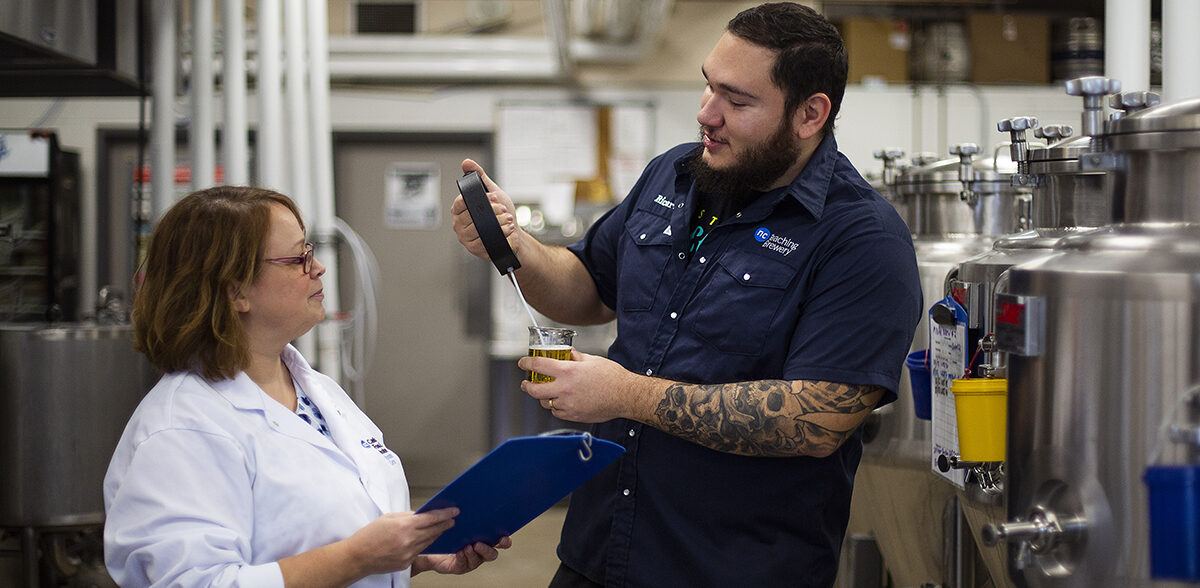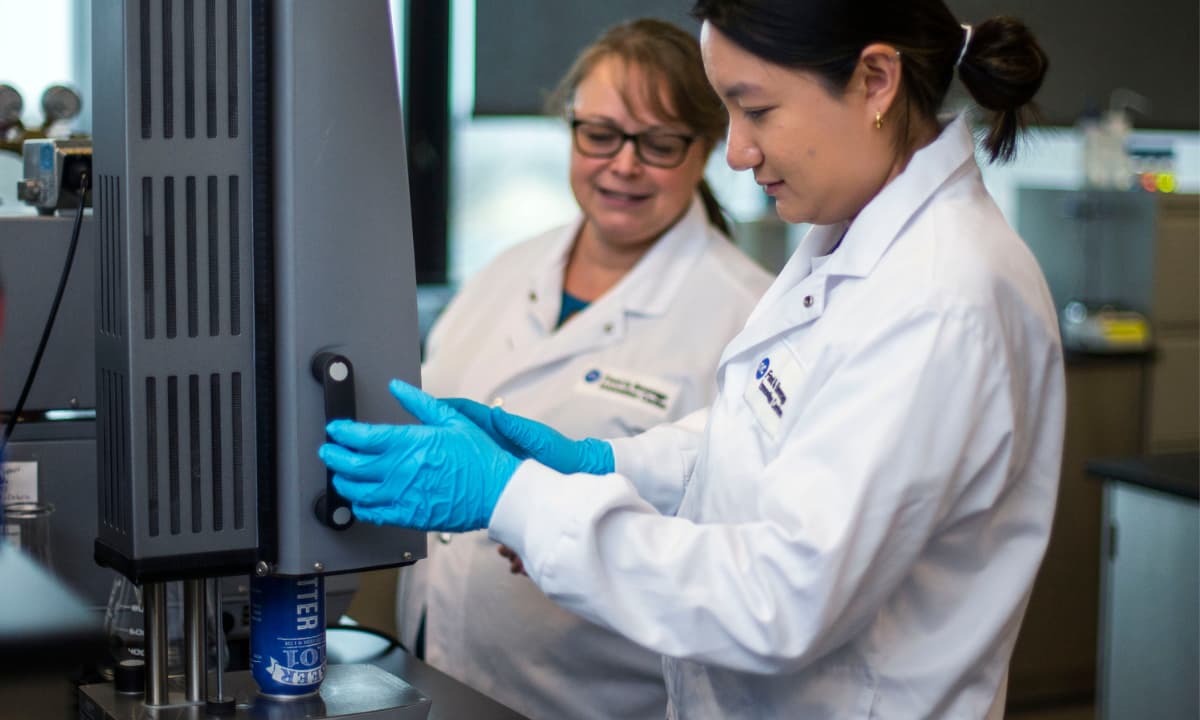CHALLENGE
With the craft beer industry becoming a staple in Canada’s economy, Niagara College (NC) has taken a leading role in ensuring quality and consistency across the sector. To address the need for ongoing quality assurance, NC assembled a team of industry and academic partners to establish the Canadian Craft Brewery Quality Program.
SOLUTION
Developed in partnership with three other colleges (Durham College, Collège Communautaire du Nouveau-Brunswick’s CCNB-INNOV, and Olds College of Agriculture & Technology), three provincial craft beverage associations (Ontario Craft Brewers, Alberta Small Brewers Association, and Craft Alcohol New Brunswick); and 17 brewery partners, the program was funded with $1,789,330 over two years by the Natural Sciences and Engineering Research Council of Canada (NSERC) through the Applied Research and Technology Partnership (ARTP) program.
To test the program out, each project team at the respective college worked with craft breweries in their communities. They started with initial gap assessments, drafted their customized programs, and then breweries had six to nine months for implementation, with ongoing support from the colleges.
The Canadian Craft Brewery Quality Program is designed to support breweries of all sizes in maintaining high standards. It offers a solution that is approachable, can be customized for each brewery, allows for adaptability in a constantly changing regulatory environment, and most importantly, was developed in collaboration with industry experts and craft brewers themselves. The program also provides a series of building blocks and tools that brewers can use to develop and implement their own customized Quality Management System, or QMS. These resources include an action list, brewery process flow chart, gap assessment, quality guidelines, forms, and standard operating procedures.
IMPACT
As a result of the program, craft breweries are experiencing increased efficiencies, cost savings, and improved quality and consistency. Staff training has been greatly simplified now that they have defined systems and Standard Operating Procedures (SOPs), and they are well positioned for future regulatory changes and growth.
Stay tuned for more information as the project completes in February 2025 and rollout begins.





